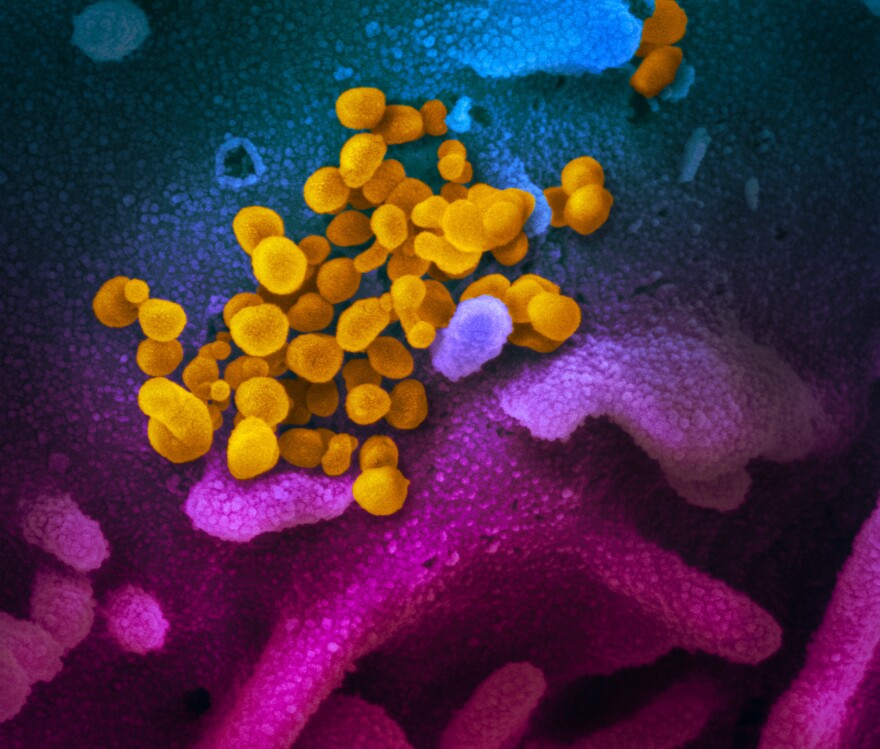COVID-19 cases continue to surge in Anchorage, with an average of 70 new cases per day in the municipality over the last week, up from 48 the week prior.
Five new deaths were also reported, said Dr. Janet Johnston, an epidemiologist with the city. Johnston and other health officials said they're not sure what's causing the spike.
Johnston said it’s probably too late to be cases tied to groups coming together over Labor Day, but it could be related to relaxed restrictions for businesses and churches late last month.
“There's a possibility that the relaxing of restrictions has changed the mindset across the municipality, that people are feeling like it's not as big a challenge as it was previously, which from my perspective, I find very frustrating because we have so many more cases than we had last March," Johnston said.
Almost half of Alaska’s confirmed COVID-19 cases are young people in their 20s and 30s. Health officials said that since many young adults have minimal symptoms, they’re also likely to view the disease as less of a threat. They’re less inclined to miss work or change their social behaviors to avoid infecting others who may be higher-risk for serious complications, said Dr. Bruce Chandler, a medical officer with the Anchorage Health Department.
"The goal is, the more we can all do to protect those (high-risk) people, the less devastation we're going to have," Chandler said.
Another challenge of tracking the most recent uptick is limited contact tracing data.
Mayor Ethan Berkowitz said Friday that there’s an “increased reluctance” for people to share information about their social interactions with contact tracers. He reminded residents that all contact tracing data is confidential.
“It is really critical that we have a complete picture of where the disease is in the community and what the sources of spread are," he said. "If we know less, then in some ways, we have to do more as an overreaction.”
Berkowitz said hospital capacity continues to be strained. He emphasized the importance of practicing social distancing and masking to keep hospital space available for non-COVID medical emergencies and rural Alaska patients, who are frequently transferred to Anchorage for care.

